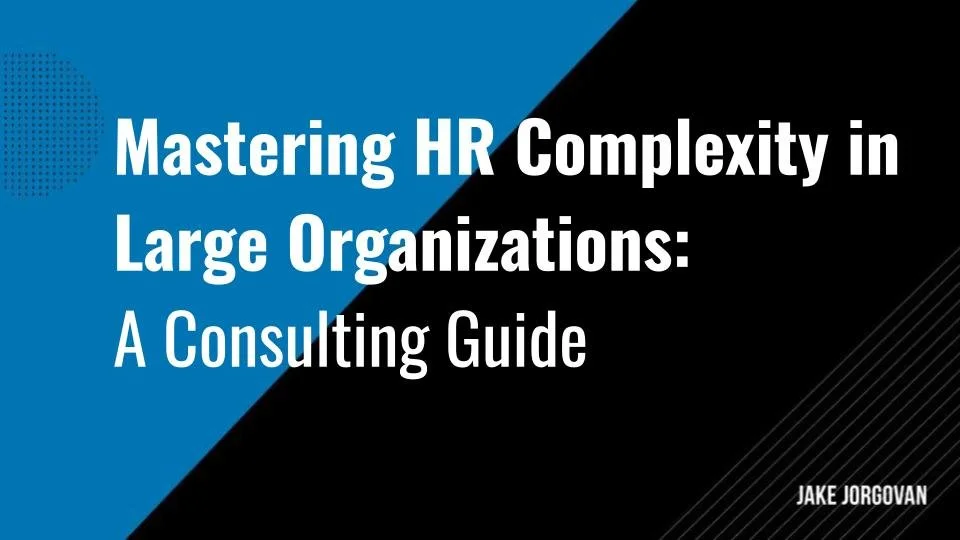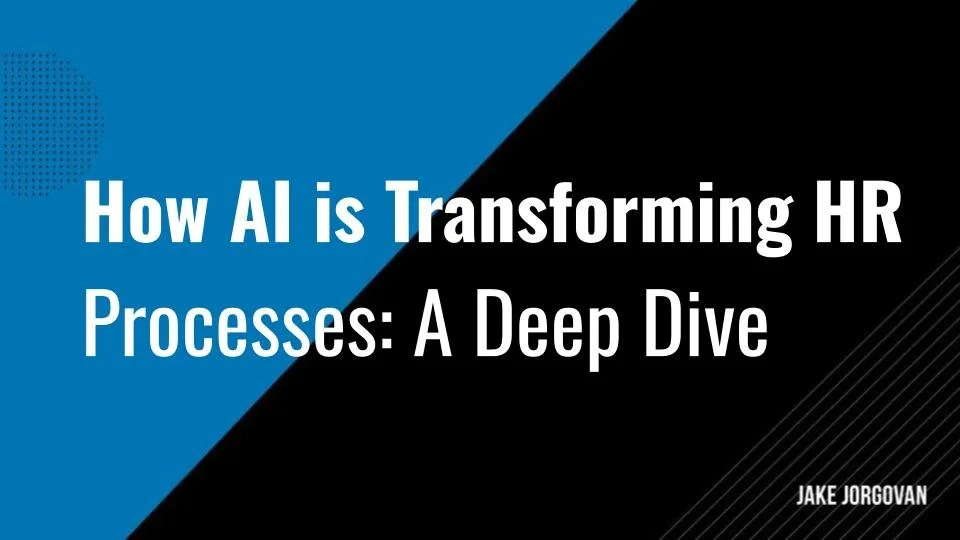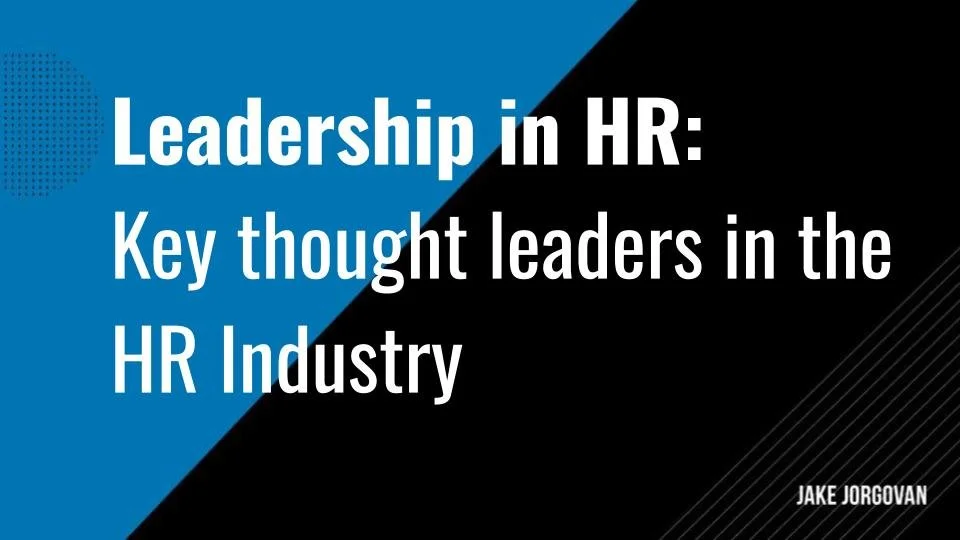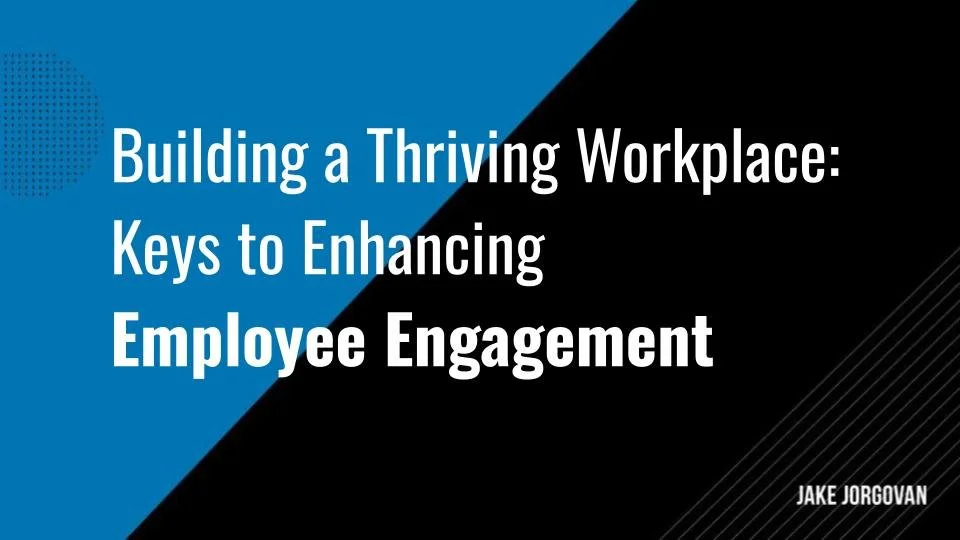Building a Resilient IT Workforce: Best Practices in Staffing and Talent Management
Maintaining a robust IT workforce is no small feat.
The rapid evolution of technology, coupled with the increasing sophistication of cyber threats, has made staffing and talent management more complex than ever.
You're not alone if you're struggling to build an IT team equipped to handle these challenges.
This article is your guide to bringing resilience to your IT workforce, offering practical solutions and best practices. We’ll explore:
The importance of resilience for modern IT teams
5 best practices for building a resilient IT workforce
The challenges and considerations when building an IT workforce
Continue reading to empower your organization with a sustainable, proactive, and resilient IT workforce.
The Importance of Resilience in Your IT Workforce
Building a resilient IT workforce is essential in IT. This resilience ensures that your organization can effectively manage and recover from disruptions, whether they stem from cyber-attacks, natural disasters, or technological failures.
Here's why prioritizing resilience in the IT workforce is indispensable:
Rapid Technological Evolution: The pace of technological change demands a workforce that can quickly adapt to new tools, platforms, and methodologies. Resilient IT professionals are better equipped to learn and integrate emerging technologies, maintaining your organization's competitive edge.
Cybersecurity Threats: With the increasing frequency and sophistication of cyber-attacks, a resilient IT workforce is essential for defending against and mitigating the impacts of these threats. This involves not only technical skills but also the ability to think critically and creatively under pressure. Furthermore, implementing effective insider threat management solutions can help protect your organization from internal security breaches and ensure a resilient IT infrastructure.
Business Continuity: Resilience ensures that IT operations can continue or quickly resume in the face of disruptions. This capability is vital for minimizing downtime, maintaining service delivery, and protecting your organization's reputation and financial stability.
Innovation and Problem-Solving: A resilient workforce is more likely to foster a culture of innovation and effective problem-solving. When IT professionals are adaptable and resilient, they are better positioned to tackle complex challenges, drive improvements, and implement strategic changes.
Employee Well-being and Retention: Cultivating resilience contributes to a supportive work environment that values learning, adaptability, and mental health. This enhances job satisfaction and well-being among IT professionals so you can retain top talent in a competitive market.
Regulatory Compliance and Risk Management: As regulatory requirements evolve, a resilient IT workforce can more effectively navigate legal and compliance challenges, reducing the risk of penalties and ensuring that data management practices meet industry standards.
In short, building a resilient IT workforce is not just about preventing and responding to immediate threats. It's about creating an adaptive, forward-looking culture that can navigate uncertainty, capitalize on opportunities, and secure the organization's long-term success.
5 Best Practices for Building a Resilient IT Workforce
1. Promote Diverse Skill Development
Diverse skill development equips your IT workforce with a broad range of competencies, enabling teams to adapt swiftly to changing technology landscapes and business needs. This multi-skilled approach enhances problem-solving capabilities and fosters innovation by integrating varied perspectives and expertise.
Implementation Tips:
Utilize Cross-functional Training: Encourage your IT professionals to gain exposure to different areas within IT, such as cybersecurity, data analytics, and cloud computing. This can be achieved through internal rotation programs or project-based learning where team members collaborate across specialties.
Invest in Specialized Certifications: Support your staff in obtaining certifications in emerging technologies. This broadens their skill set and keeps your organization competitive. Identify key growth areas within IT and provide resources for certification in those fields.
Promote a Culture of Openness: Establish regular knowledge exchange sessions where team members can share insights and learnings from their areas of expertise. The best tactics here include workshops, seminars, or informal lunch-and-learns.
Example Spotlight:
A notable example is IBM’s approach to fostering a resilient IT workforce through its "SkillsBuild" initiative. IBM recognized the rapid pace of technological change and the need for its workforce to stay ahead. By offering digital learning programs on AI, cybersecurity, and cloud computing, IBM upskilled its existing employees and attracted diverse talent passionate about continuous learning. This initiative prepared IBM to tackle complex client needs with a multifaceted skill set and positioned it as a leader in innovation and adaptability in the tech industry.
2. Provide Continuous Learning Opportunities
Continuous learning opportunities enable an IT workforce to stay ahead of technological advancements and industry trends, fostering adaptability and innovation within your team.
Implementation Tips:
Leverage Online Learning Platforms: Encourage your team to engage with online courses on platforms like Coursera, Udacity, or edX that offer specialized IT and tech courses. Many of these platforms provide courses in partnership with leading universities and tech companies, ensuring high-quality content. You can also suggest to them the most relevant courses for your business.
Use a Learning Management System (LMS): Deploy an LMS within your organization to deliver, track, and manage training activities. It can host a mix of proprietary content and external courses, providing a personalized learning experience for each employee. For a more tailored approach, partnering with an LMS development company can help create customized learning solutions that meet the specific needs of your workforce.
Foster a Culture of Knowledge Sharing: Create internal forums or regular meet-ups where team members can share insights and new findings and discuss emerging technologies. This tactic promotes learning but, more importantly, enhances team cohesion.
Example Spotlight:
Google's "g2g" (Googler-to-Googler) program is a prime example of leveraging continuous learning to build a resilient IT workforce. This peer-to-peer learning network allows Google employees to teach and learn from each other. Courses cover a wide range of topics, from management and leadership to coding and design, embracing the philosophy that learning can come from anywhere and anyone within the organization. The program helps keep the workforce agile, informed, and ready to tackle new challenges by leveraging the diverse expertise within its own ranks.
3. Offer Flexible Work Arrangements
Flexible work arrangements, including remote work options and flexible hours, are key to building a resilient IT workforce. This approach supports work-life balance, enhances job satisfaction, and can lead to increased productivity and innovation.
Implementation Tips:
Document Remote Work Policies: Clearly define and communicate remote work policies that balance flexibility with accountability. Use project management tools to track progress and maintain productivity.
Offer Flexible Scheduling: Allow employees to adjust their working hours to accommodate personal commitments. This could mean starting and ending their day earlier or later, as long as work objectives are met.
Encourage Use of Collaboration Tools: Foster a culture of collaboration by using digital tools like Slack, Zoom, or Microsoft Teams. These tools help maintain communication and team cohesion, regardless of physical location.
Example Spotlight:
Dell is a prime example of a company that has successfully implemented flexible work arrangements. As part of its "Connected Workplace" initiative, Dell has been promoting remote work and flexible schedules for years. This strategy reduced the company's environmental footprint and saved millions in real estate costs. More importantly, it has led to higher employee satisfaction rates and lower turnover. Dell's forward-thinking approach demonstrates how flexible work arrangements can contribute to building a more resilient and adaptable IT workforce.
4. Prioritize Succession Planning
Succession planning is a strategic process to ensure the continuity of leadership and critical skills in key organizational positions. This planning is essential for building a resilient IT workforce that can adapt to changes, such as retirements, resignations, or rapid growth, without losing momentum.
Implementation Tips:
Identify Key Roles and Skills: Start by mapping out roles critical to your IT operations and projects. Understand the unique skills, experiences, and qualifications required for these positions.
Develop Internal Talent: Look within your team for individuals who have the potential to grow into these key roles. Offer mentorship, training, and career development opportunities to prepare them for future responsibilities.
Implement a Knowledge Transfer Program: Encourage knowledge sharing between experienced employees and potential successors. This can include job shadowing, documentation of key processes, and regular one-on-one meetings to discuss challenges and insights.
Create a Formal Succession Plan: Document your succession planning process, including timelines, candidate assessments, and development plans. This ensures transparency and allows for smoother transitions when changes occur.
Example Spotlight:
General Electric's succession planning process is a prime example of effective leadership preparation. The company's detailed approach to identifying and developing future leaders ensured a smooth transition and sustained success.
5. Implement Employee Engagement and Well-Being Programs
Employee engagement and well-being programs directly contribute to a resilient IT workforce by enhancing job satisfaction, reducing burnout, and fostering a positive work environment.
Implementation Tips:
Create a Recognition Program: Acknowledge and reward employees for their hard work and achievements. This can be through formal awards or informal shout-outs in team meetings.
Promote Health and Wellness: Offer programs that support physical and mental health, such as gym memberships, wellness challenges, or mental health days.
Foster a Supportive Culture: Encourage open communication and provide channels for feedback. Implement mentorship programs to support career development.
Example Spotlight:
SAS Institute is renowned for its focus on employee well-being, offering a wide range of wellness programs, including healthcare services, childcare, fitness centers, and work-life balance policies. This approach has led to high employee satisfaction and loyalty, contributing to the company's consistent ranking as one of the best places to work. SAS's commitment to employee well-being demonstrates how fostering a supportive and healthy work environment can lead to a resilient and productive workforce.
Challenges and Considerations when Building a Resilient IT Workforce
Building a resilient IT workforce involves navigating a complex array of challenges and considerations rooted in both the rapidly evolving nature of technology and the workforce's diverse needs.
Here are key points that must be addressed:
Skills Evolution: The IT field is characterized by rapid technological advancements requiring continuous learning and adaptation. Ensuring the workforce stays abreast of the latest technologies, methodologies, and best practices is a constant challenge. Organizations must invest in ongoing training and professional development opportunities, but balancing this with project timelines and productivity demands can be difficult.
Remote Work Dynamics: The shift toward remote and hybrid work models poses significant challenges for IT resilience. Ensuring secure, reliable access to resources, maintaining communication and collaboration, and managing a distributed team require rethinking traditional IT infrastructure and policies. Organizations must consider how to best support remote work while safeguarding data and maintaining network security.
Mental Health and Burnout: The high-pressure IT work environment, especially in cybersecurity and network operations, can lead to burnout and mental health issues. Building resilience means providing support for mental health and creating a work culture that prioritizes work-life balance, recognizes the signs of burnout, and offers avenues for employees to seek help.
Talent Acquisition and Retention: With the global shortage of skilled IT professionals, attracting and retaining talent is a significant challenge. Companies must offer competitive salaries, benefits, and growth opportunities. However, building resilience also involves creating diverse work environments that support a variety of perspectives and experiences, enhancing problem-solving and innovation.
Disaster Recovery and Business Continuity: IT resilience is not just about people but also about systems. Ensuring that the workforce is prepared to respond to disasters, whether natural or man-made, involves comprehensive planning and regular testing of disaster recovery and business continuity plans. This requires a deep understanding of the organization's critical systems and data, as well as the ability to quickly adapt to changing situations.
Change Management: Integrating new technologies or processes may be met with resistance. Effective change management practices are essential to ensure the workforce adapts to and even embraces changes. This involves clear communication, training, and a feedback loop that allows adjustments based on employee input.
In short, building a resilient IT workforce requires a multifaceted approach addressing technological, organizational, and human factors. It requires a commitment to continuous improvement and adaptation, as well as a focus on creating a supportive and flexible work environment.
Create a More Resilient IT Workforce Today
In this article, we've covered the essential strategies and tips for creating a strong and adaptable IT workforce, focusing on effective staffing and talent management techniques.
To build a more resilient IT workforce, recruiting skilled professionals and continuously developing your team's abilities are essential. Emphasize the importance of a supportive work environment that encourages learning and growth, and invest in training programs that keep your team's skills sharp and up-to-date.
Remember, the strength of your IT workforce lies not just in your team's technical skills but also in their ability to adapt and grow in the face of new challenges.
Consider how you can apply the strategies outlined here to foster a more resilient and dynamic team. Your efforts will enhance your team's performance and contribute to your organization's long-term success.
































